|
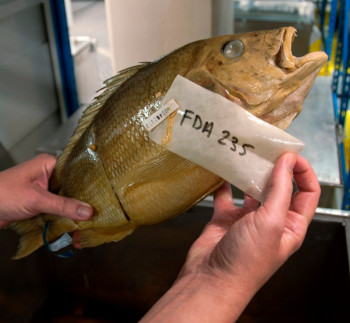
Image: FDA / FIS
Raising the Bar(codes): New Dataset Will Help Fight Seafood Fraud and Protect Consumer Safety
 (UNITED STATES, 7/6/2023)
(UNITED STATES, 7/6/2023)
A new publication is helping the United States build more complete genetic reference libraries and protect consumers from seafood fraud.
Tackling Seafood Fraud

Source: NOAA / FIS
On May 4, 2007, a woman purchased two fish at a market in Chicago labeled as “frozen bok fish.” Bok is Korean for “pufferfish.” She took the bok fish home and cooked it into a soup. Within 30 minutes of consuming it, she and her husband developed nausea and vomiting followed by tingling of the mouth and extremities, headache, and chest pain. The couple had become the unsuspecting victims of poisoning by tetrodotoxin—a potent, life-threatening neurotoxin common in select members of the pufferfish family.
DNA testing was used to determine that the product was lunartail puffer, a species of pufferfish known to contain high levels of tetrodotoxin in the meat. Lunartail puffer is unsafe to consume regardless of preparation method. Further investigation revealed that the product had been illegally imported from China labeled as headless monkfish (i.e., monkfish tails), a product of similar size and shape. It had been mislabeled to avoid U.S. Food and Drug Administration (FDA) import restrictions.
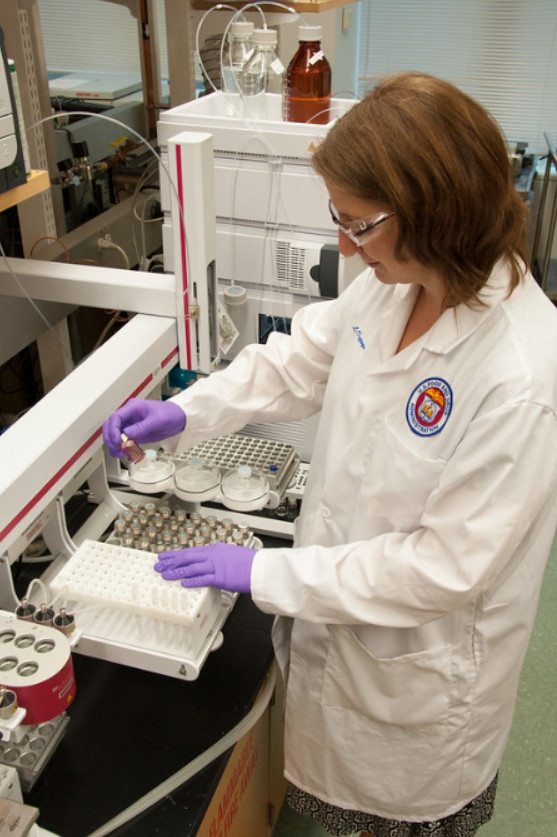 Photo: FDA --> Photo: FDA -->
Even though the product was recalled, several additional illnesses were attributed to this product including restaurant-related poisonings in California and New Jersey. All individuals survived, but the incident highlighted the importance—and challenges—of ensuring the accuracy of species labels on imported seafood products.
Even prior to the events of 2007,FDA import inspectors in Los Angeles occasionally suspected that mislabeled pufferfish meat was entering their ports. However, they had no way to verify it since the filets had been separated from the rest of the fish and stripped of all identifying characteristics. The only way to determine the species of the products would have been through genetic sequencing, a tool not yet widely available within the FDA.
In 2006, the FDA began sending these suspect samples to researchers at the University of Guelph in Ontario, Canada. The researchers were using a new genetic sequencing technique called DNA barcoding. This method sequences a short, standardized section of an organism’s DNA and compares those segments to a library of sequences—or “barcodes”—generated from authenticated specimens. This allows researchers to quickly and efficiently identify species or differentiate between them.
Dr. Jonathan Deeds, a seafood safety expert with the FDA, was immediately impressed by the potential of DNA barcoding. He wanted to develop that same capacity at the FDA to help address issues with seafood labeling and safety. “A big part of accomplishing that was building up our own library of barcodes,” Deeds says.
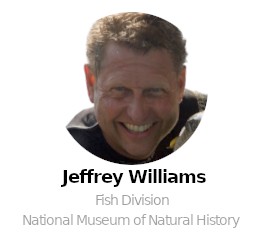 This required collecting specimens and sequencing their DNA barcodes. Then, researchers would authenticate the specimens, preserve them, and store them in a museum-like reference collection for full traceability on their standards. The FDA did not have the required expertise in taxonomy or the capacity to store this needed reference collection, so Deeds turned to the nearby Smithsonian National Museum of Natural History for assistance. This required collecting specimens and sequencing their DNA barcodes. Then, researchers would authenticate the specimens, preserve them, and store them in a museum-like reference collection for full traceability on their standards. The FDA did not have the required expertise in taxonomy or the capacity to store this needed reference collection, so Deeds turned to the nearby Smithsonian National Museum of Natural History for assistance.
There Deeds connected with Dr. Jeffrey Williams, then a collections manager at the National Museum of Natural History’s Fish Division. In the beginning, Williams and his team identified and vouchered seafood specimens collected by the FDA and its regulatory partners. However, the number of species available by this route was limited. Williams made frequent fish-collecting trips to the Philippines, a hotspot for marine biodiversity, for his research. Deeds proposed that Williams collect samples from Philippine fish markets to add to the FDA’s DNA barcode library, and a new initiative was born.
Big data
The project garnered a team of multidisciplinary researchers and professionals. Partner organizations included NOAA Fisheries, the Smithsonian Institution, the FDA, and the Philippine National Fisheries Research and Development Institute. Expeditions to the Philippines began in 2011, with the research team making one or two trips a year through 2019 to obtain samples.

Source: Nature Clic here to enlarge
Over those 9 years, they collected roughly 4,000 specimens from Philippine fish markets. Each specimen was photographed and had tissue samples taken. DNA from the specimens was sequenced in the Laboratories of Analytical Biology, a state of the art facility at the museum designed for biodiversity discovery and documentation. Then, the fish were preserved whole to be used as a voucher specimen and stored at the National Museum of Natural History. Voucher specimens are important because they act as a permanent record that can be easily referenced or linked back to a tissue sample or a DNA barcode to verify the species identification.
In 2021, Williams retired. He handed the reins of the project to Dr. Katherine Bemis, a Research Zoologist at NOAA’s National Systematics Laboratory, and Diane Pitassy, acting Collections Manager of the Smithsonian’s National Fish Collection. Since then, Bemis and Pitassy have worked extensively with Smithsonian Postdoctoral Fellow Dr. Matthew Girard and FDA Biologist Elizabeth Hunter to clean and organize the data for thousands of specimens.
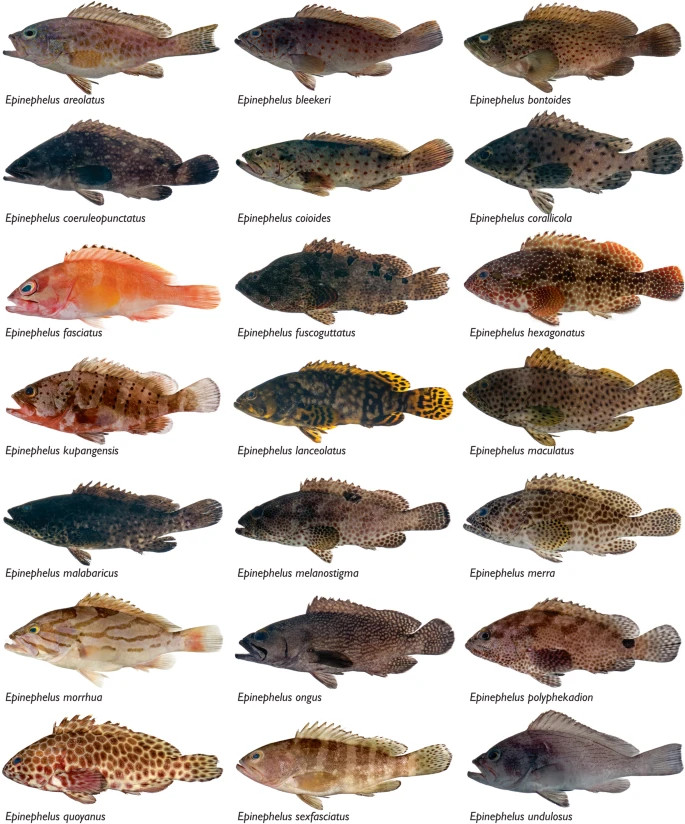
Biodiversity of Philippine marine fishes: A DNA barcode reference library based on voucher specimens. Source: Nature
The first major publication for this project, spearheaded by Bemis, was released this week in Scientific Data. The team published a staggering 2,525 DNA sequences representing 984 Philippine fish species to publicly accessible databases like GenBank as part of the publication. “Important papers have been published on new species descriptions that resulted from this project, but this is the first large publication that provides an overview of the dataset and makes a large amount of data publicly available,” Bemis says.
.png) “In all the collecting that the FDA did [in the initial stages of the project], I think we collected samples for about 350 specimens,” says Deeds. “This initial data release, which only represents about half of the data that’s been collected from the Philippines, has about 2,500 samples. The size of our DNA barcode library has just exploded. It’s incredible.” “In all the collecting that the FDA did [in the initial stages of the project], I think we collected samples for about 350 specimens,” says Deeds. “This initial data release, which only represents about half of the data that’s been collected from the Philippines, has about 2,500 samples. The size of our DNA barcode library has just exploded. It’s incredible.”
Taxonomy in Action
The release of this dataset is a significant milestone for multiple reasons. Not only does it add to our collective knowledge of Philippine fish species, it also improves seafood safety. The DNA barcodes generated as a result of this project will also help U.S. officials keep American seafood consumers safe and assure products are properly labeled. “This is a great example of how taxonomy [the study of the classification of organisms] has practical applications in our everyday lives,” Deeds says.
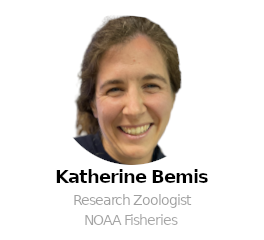
The FDA uses a rigorous management system called Hazard Analysis Critical Control Points (HACCP) to ensure the safety of seafood products in the United States. Deeds says that the massive addition of DNA barcodes from the Philippines will help HACCP to function at an even higher level. “The system of HACCP really depends on knowing what product or species you’re working with,” he notes. “A huge part of that is having an accurate, comprehensive library of barcodes that we, our regulatory partners, and even the seafood industry can use to identify those species.”
As of 2023, the project has expanded to collecting samples from other regions around the world. With over a thousand data points from the Philippines still to be reviewed and published, Bemis, Pitassy, and Deeds are excited about the future of this program. “Work for this project beyond this paper is definitely not done,” Bemis says.
Source: NOAA Fisheries

editorial@seafood.media
www.seafood.media
Information of the company:
|
Address:
|
3333 North Torrey Pines Court
|
|
City:
|
La Jolla,
|
|
State/ZIP:
|
California (CA 92037-1022)
|
|
Country:
|
United States
|
|
Phone:
|
+1 (858) 546-7000
|
|
Fax:
|
+1 (858) 546-7003
|
More about: 
|
|
|
|



